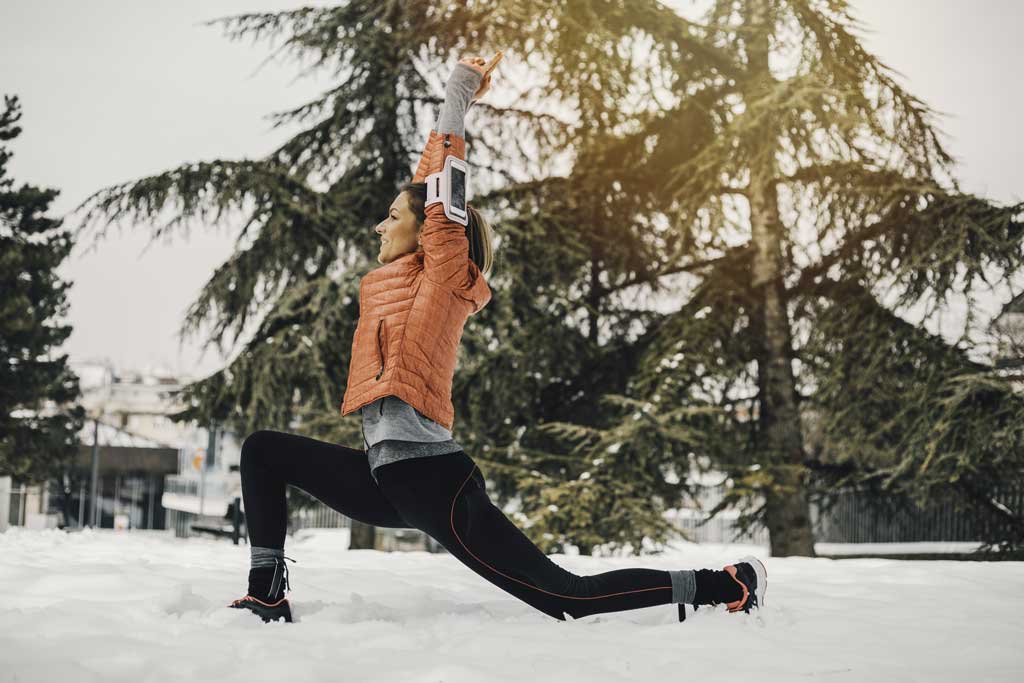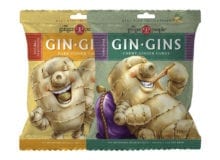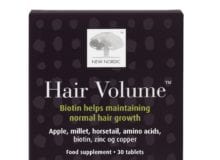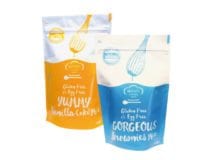Learn to love cold weather workouts
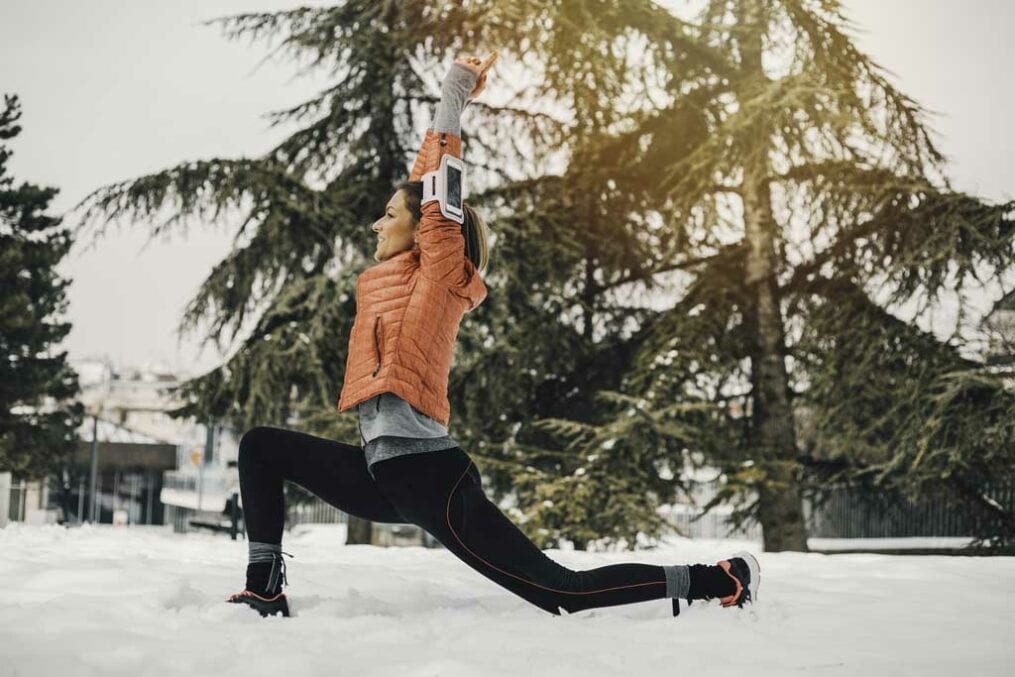
It might feel impossible to drag yourself out into freezing temperatures to cycle, hike or jog, but there’s plenty of research to show winter months are a fantastic time to get out of the house. Chilly conditions force your heart to work harder to pump blood around the body, which is great for cardiovascular health. In fact, studies have shown that simply shivering in the cold increases metabolic rate more than two-fold, upping fat burn and using up carbohydrates for energy.
‘Colder temperature draws more heat out of the body and threatens minimum body temperature maintenance,’ says Jim Pate, senior physiologist at The Centre for Health and Human Performance. ‘Shivering is one of the first automatic responses your body has to cold. Muscles contract, burning energy and producing heat. Physical activity also increases heat production, helps maintain body temperature, and is achieved through significant calorie consumption.’
Some work has also shown that exercising in the cold can lead to higher VO2 max, a measure of how much oxygen you need when exercising, which indicates fitness – plus it can accelerate muscle glycolysis, where you break down carbs and use up stored calories. Hello, well-earned post-training slice of cake.
Lift your mood
We all suffer, at varying degrees, from a dip in mood thanks to a lack of daylight in winter. While some deal with full-blown SAD (Seasonal Affective Disorder), others simply feel fed up with the dark days. Exercise not only exposes you to daylight but also sends feel-good endorphins soaring.
Research into SAD recommends morning exercise to ease symptoms, with outdoor exercise considered the best approach. Light and endorphins aside, there is also the mood-boosting impact of being outdoors in the fresh air. Research from Finland found that repeated exercise in nature – in both winter and spring – improved long-term wellbeing more than indoor exercise.
Elsewhere, researchers found that being outside was associated with greater feelings of revitalisation and positive engagement, decreases in tension, confusion, anger and depression, and increased energy. People also reported greater enjoyment and satisfaction with outdoor activity and said they were more likely to repeat the activity. So winter gives you staying power? Nice.
Well all winter
You might think heading out for a sweat-fest in the cold would be bad news for your immunity, but you’d be wrong. US research tracked 1000 adults for 12 weeks during autumn and winter. They told researchers how often they exercised, rated their fitness and revealed any other factors that could impact their immunity (lifestyle, diet, stressful events). Those who were active on five or more days a week, and felt fit, suffered half the number of days with cold and flu symptoms compared to those who exercised once a week. The severity of symptoms also dropped by a third among the most active. ‘You are less likely to catch an illness while cycling or running to work than you are on public transport during cold weather months,’ says Pate.
Burn the ‘right’ type of fat
Research has shown that being exposed to cold temperatures stimulates brown fat growth, which may benefit your metabolism. We all have two types of fat in our bodies; white fat, which is there to store energy, and brown fat, of which we have less, and which burns energy and glucose to generate heat.
‘Brown fat is dense in mitochondria, the powerhouse energy producers of cells, allowing it to burn fuel to produce heat and maintain body temperature in a process called thermogenesis,’ explains Pate. ‘The side benefit is that the brown fat will help burn through existing fat stores.’
In studies, along with the brown fat increase, people experienced an improvement in insulin sensitivity and energy-burning rate after eating. Better still, other research has shown that conversion to brown fat happens in your belly and thighs, meaning the exact areas where most of us carry fat get converted into calorie-burning furnaces when we exercise in the cold.
Get the edge
They say summer winners are made in winter because, unlike those fairweather athletes, you’ll build and maintain fitness ready to smash personal bests come the warmer months – just as everyone else comes out of exercise hibernation. You might even smash those times in winter itself, according to research. ‘Colder temperatures are better for long endurance events because it mitigates overheating and performance drop,’ says Pate. We all know the heavy feeling of a too-hot day sapping your energy, but cold weather can invigorate your senses, making those miles feel less strenuous.
In fact, studies found that race times are faster in cold weather and, in cool climates, people were better at running at a good pace. Plus, as everyone else heads to the temples of treadmills, beautiful parks, trails, beaches and forests are less populated – so take advantage, and go grab that winter PB.
Read more: Get fit fast with this outdoor workout plan
